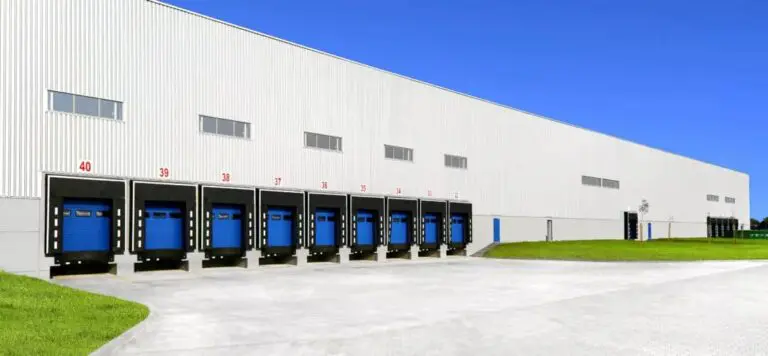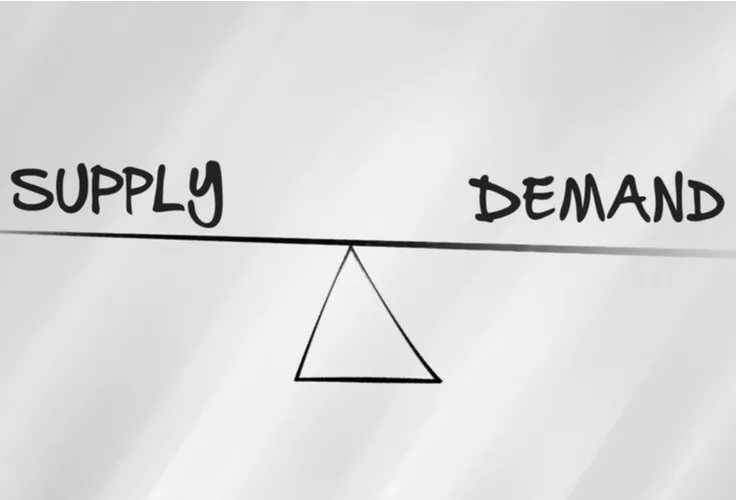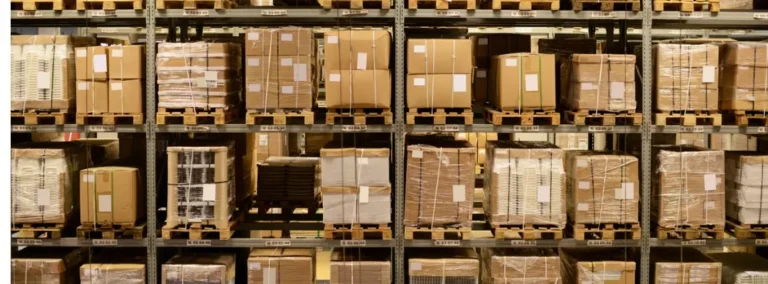What is a WMS?
Productive supply chains allow the efficient movement of products through a warehouse. A warehouse management system — or WMS — optimizes these processes.
During the management of warehouse operations, the question about how to combine disparity equipment, streamline pick and pack processes, and provide superior services to customers will become paramount. In pursuing the right strategies to implement, a WMS will certainly be discussed.
So, what is warehouse management system?
A WMS is a software application designed to combine all the equipment, processes, tasks, and inventory procedures together into a more cohesive working environment. It allows the management staff to have greater levels of transparency and control in the movement of goods during daily operations. Read on to learn how this warehouse system works and what benefits it could give to your warehouse management inventory tasks.
WMS EXPLAINED
The basic task of a WMS is to gather as much information as possible about the functions of the warehouse and how those functions interact with the inventory during its movements along the supply chain. With this level of visibility in warehouse operations, a WMS can help strengthen operations to make them more efficient as well as cost effective. The WMS will run these functions to ensure that receiving, storing, and picking inventory is done productively.
There are three types of warehouse systems that can be employed in operations: standalone, cloud-based, and ERP modules. Each system has its advantages to the warehouse environment depending on the type of operations that you have.
STANDALONE SYSTEMS
A standalone WMS is just that: A standalone product that is brought directly onto the premise. It works with the available equipment and network systems to provide basic functions. This system does not have the frills of more integrated WMS applications. It will provide features such as expiration date tracking, barcode scanning, slotting, cycle counting, receiving, put-away, and picking & packing, as well as shipping tasks.
The standalone systems are designed as “one-size-fits-all” applications that can be used in warehouses in any industry. It can be a good starter system for new warehouse management operations or for smaller businesses that do not have the budget to purchase premium software features. It can also be used as an inventory management system even for businesses that do not have a traditional warehouse setup.
CLOUD-BASED SYSTEMS
Cloud-based warehouse management systems are software-as-a-service (SaaS) applications that function over the web. Vendors will host and manage the application on private and separate servers outside of your warehouse network systems. This setup provides solutions more tailored to your specific operations as — depending on the vendor — you only pay for the customizations that you need.
All the IT and security management are handled by the vendor, offering greater levels of security and lower network upkeep costs. The types of functions that are provided will be dependent on what the vendor decides to offer, and these functions may change or be upgraded during software updates.
A cloud-based system offers flexibility and scalability for warehouse management operations that are growing at a rapid pace. This system is also ideal for companies with warehouses in multiple locations — especially if you want a web application that can tie all the remote functions into a centralized system.
ERP SYSTEMS
Enterprise resource planning (ERP) is an integrated management module system focused on making the main processes of the warehouse more competitive. An ERP WMS offers full functionality for the entire supply chain as it is designed to integrate into multiple systems. Aside from handling inventory management, an ERP system can also take on accounting tasks, customer relationship services, supply chain planning, human resource management, and many other functions.
An ERP WMS can be used by warehouses that are looking to integrate and enhance existing software applications, or for those who are looking to upgrade from disparate applications to a more robust system. It is designed to give companies a competitive edge to further boost returns on investments.
BENEFITS OF A WMS
A WMS allows companies to strengthen existing warehouse and supply chain functions while minimizing deficiencies. The software helps centralize the management of each process and places them into a single interface for greater operational control.
A major advantage of a WMS is that it can scale up or down based on current and future production operations. It helps align these functions to your supply chain management plans while also allowing better visibility into operations. The system can integrate with existing network features and provide greater depths of functionality to boost productivity and profits.
3PL SERVICES FROM WSI
At WSI, we use a comprehensive, real-time WMS to provide a range of 3PL services to companies of varying sizes and operations. This management system allows us to improve our capabilities so that we can improve supply chain visibility for customers. Then we offer the desired solutions that customers need to lower warehouse operational costs. Contact WSI to learn more about our services.
About the Author

WSI Team
WSI is one of the largest privately held 3rd party logistics companies in the U.S. and spans a nationwide distribution network with global logistics reach.








